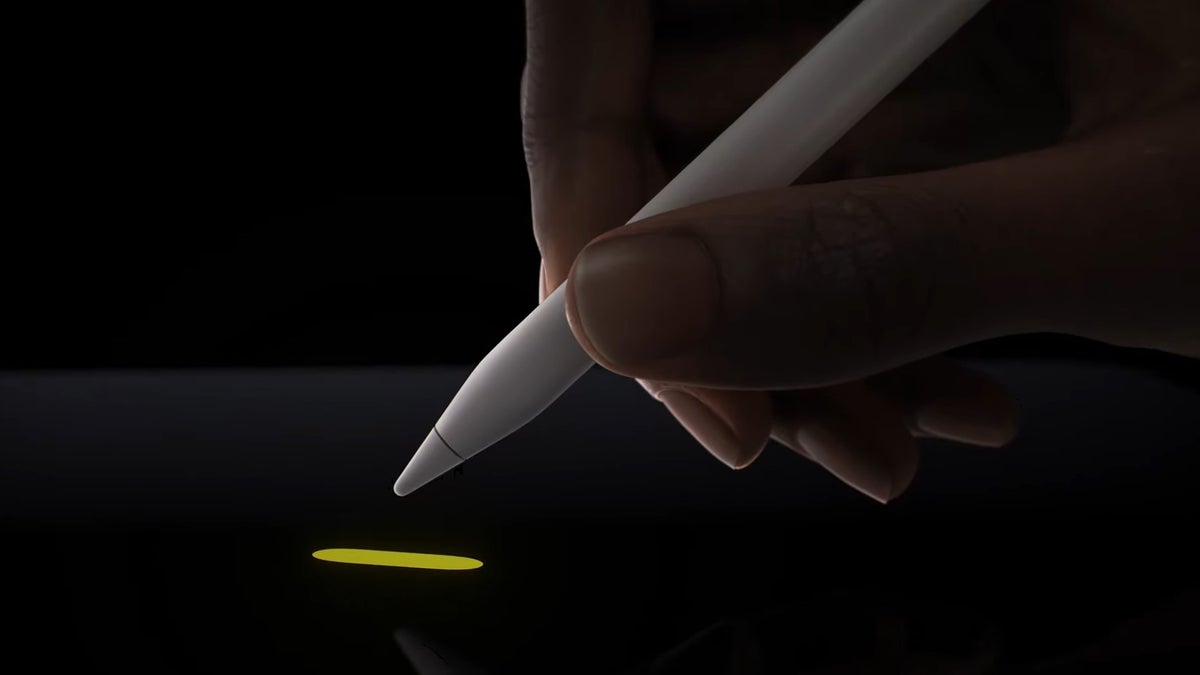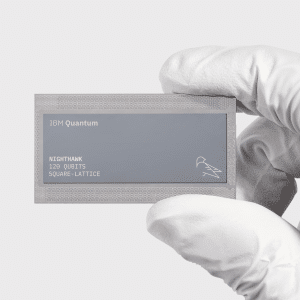The Apple Pencil, introduced in 2015, has already cemented its place as an essential tool for digital artists and professionals. Its integration with the iPad has been celebrated for offering precision, pressure sensitivity, and fluidity. The Pencil is widely used for tasks ranging from sketching and illustrating to taking notes and editing photos.
While the current Apple Pencil supports advanced features like tilt sensitivity and palm rejection, the proposed future version with color and texture detection could elevate the experience further. Artists today rely on their keen sense of observation to match real-world colors manually; soon, the Apple Pencil could do this for them with just a scan.
How Color Detection Works
The new Apple Pencil is rumored to feature an optical sensor that can scan colors from physical objects, allowing users to replicate them digitally on their iPad instantly. This technology could work by detecting the specific wavelengths of light reflected off a surface, translating them into RGB or hex codes usable in digital art programs.
Artists and designers can achieve accurate color matching without needing external tools, simplifying their creative process. Imagine working on a digital painting and being able to capture the exact shade of green from a leaf or the warmth of a sunset, bringing natural colors into your project seamlessly.
Texture Sensing: A New Frontier
Texture detection is the second significant innovation expected in the future Apple Pencil. In addition to capturing colors, the Pencil could potentially detect the surface texture of objects—whether it’s the roughness of a rock, the smoothness of glass, or the grain of wood.
Incorporating texture detection would be groundbreaking, particularly for digital sculptors, architects, and product designers. By simulating real-world textures digitally, creators could deliver lifelike representations of their work with ease. Artists working in 3D or augmented reality (AR) spaces could apply realistic textures directly from scanned objects, creating a more immersive experience.
Applications Beyond Art and Design
While artists and designers are the most obvious beneficiaries of color and texture detection, other industries stand to gain as well. In fashion design, for example, the Apple Pencil could help designers visualize fabrics by scanning samples and translating their colors and textures directly into their digital sketches.
Interior designers could scan material samples and accurately replicate them in virtual room designs, while architects could visualize different surfaces in their building designs. Even educators could use this technology in classrooms, allowing students to interact with digital content in new and engaging ways.
Integration with Apple’s Technology
A crucial part of the success of this next-gen Apple Pencil lies in how it integrates with Apple’s existing suite of creative tools and software. Apps like Procreate, Adobe Illustrator, and Photoshop for iPad could take full advantage of these features, offering expanded brush sets that respond not just to pressure and tilt but also to the color and texture data the Pencil captures.
Additionally, Apple’s AR apps could allow users to scan objects in real life and immediately place them in virtual environments with realistic colors and textures. Such an advancement would further bolster Apple’s dominance in the augmented reality space, making their devices indispensable to professionals working in AR and 3D modeling.
Potential Limitations and Challenges
Despite the promising features of a future Apple Pencil, several challenges remain. First, the Pencil’s ability to accurately detect colors and textures depends on the quality of the sensor and software. Lighting conditions, object material, and surface properties might affect the accuracy of the color and texture capture.
Moreover, the battery life of the Apple Pencil might be impacted by these added functionalities. The Pencil already features wireless charging capabilities when magnetically attached to an iPad, but power efficiency will be key to ensuring a smooth user experience.
Lastly, pricing could be a concern. Introducing these advanced features would likely raise the cost of the Pencil, limiting its accessibility to hobbyists or casual users. However, for professionals in industries where accuracy is paramount, the investment would likely be worthwhile.
Apple’s Continued Innovation
Apple’s drive for innovation is evident in its constant development of new tools that empower users to achieve more. The rumored advancements in the Apple Pencil are just the latest example of the company’s commitment to expanding the possibilities of its devices.
In a world where digital art and creativity are increasingly intertwined with technology, the Apple Pencil’s ability to detect colors and textures would provide creators with unprecedented control over their digital projects. Whether it’s replicating the soft hues of a sunset or the intricate texture of a woven fabric, the future Apple Pencil could redefine the boundaries of digital creativity.
As rumors about a color and texture-detecting Apple Pencil continue to circulate, it’s clear that Apple is focused on giving its users the tools they need to create in ways that were once unimaginable. With applications in various fields and the potential to integrate seamlessly with existing software, the future Apple Pencil could be a game-changer for artists, designers, and professionals across the board.
What do you want to see from another Apple Pencil? Let us know!









